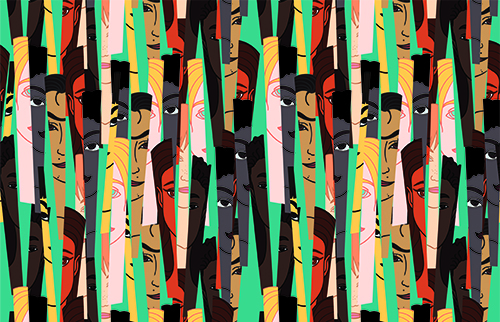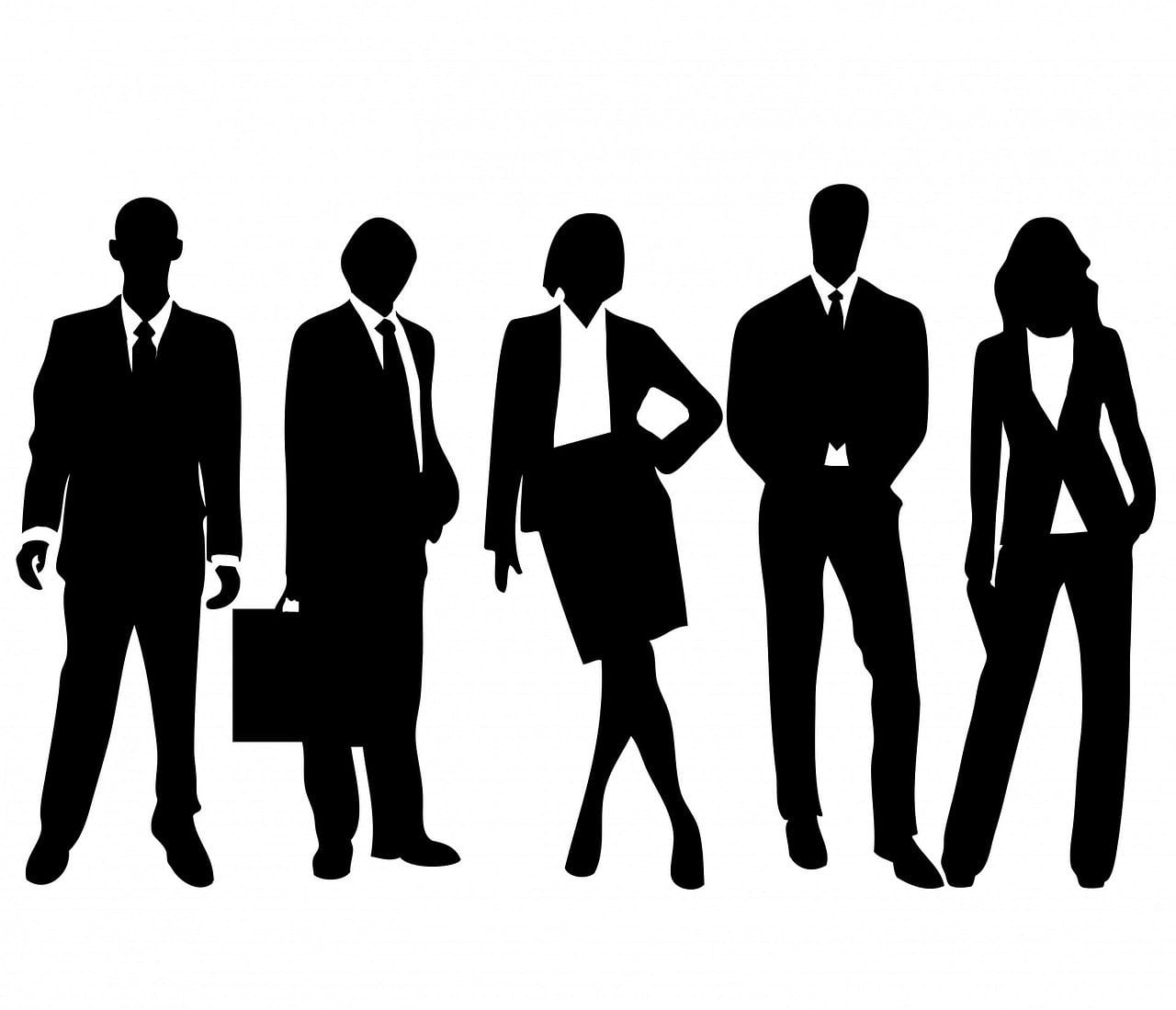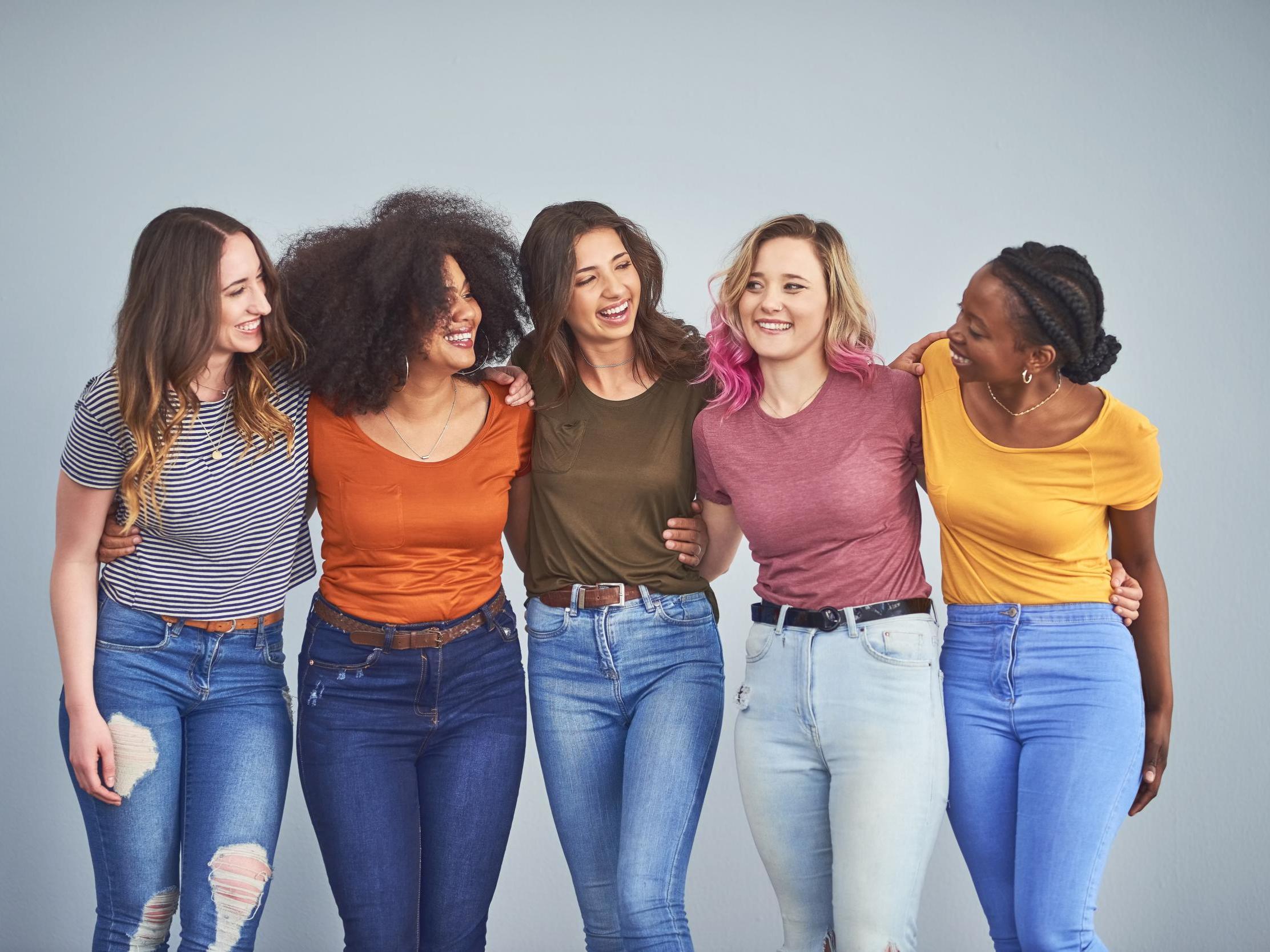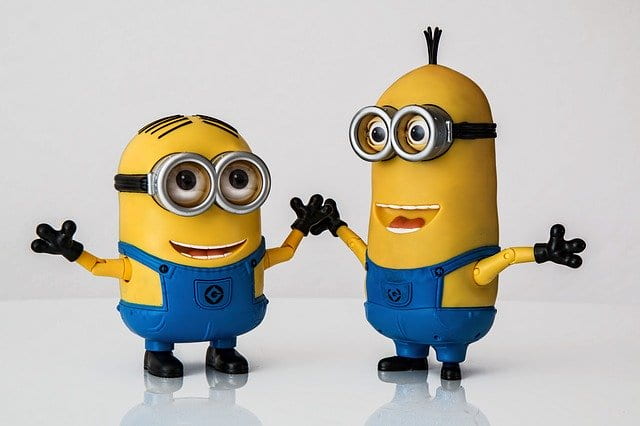Hey Y’all Welcome Back!!
We are so close to the finish line of this hectic semester. I hope you are all able to find the motivation so you can finish it off strong. Then we can be trapped in our houses with absolutely nothing to do.
This week we are focusing on intersectionality and the place it holds within the ecofeminist discussion. I hope you’re not too surprised by this topic, for intersectionality is a major player within any conversation about someone’s identity and how those identities are often simultaneously oppressed by the patriarchal system.
“The term intersectionality, which is generally attributed to Kimberlé Crenshaw, began as a metaphorical and conceptual tool used to highlight the inability of a single-axis framework to capture the lived experiences of black women” (Kings, A.E. “Intersectionality and the Changing Face of Ecofeminism.” Ethics & the Environment). Since then, intersectionality has become this sort of umbrella to define anybody’s multiple factor identity. But how does it fit into ecofeminisim?
Thus far we have discussed extensively how women are connected to nature and thus equally oppressed. But we haven’t talked about the specific types of women this encompasses. In the article The Necessity of Black Women’s Standpoint and Intersectionality in Environmental Movements by Cacildia Cain, she talks about how the ecofeminist thought leaves out the black woman by instead focusing on white women in the middle class. This creates a complete lack of intersectionality. I found this to be particularly interesting especially considering, just last week we were discussing Wangari Maathai and her great accomplishments in the positive changes of our environment. This specific article was written in 2016, so it’s more than possible that within the four years there has been a serious advancement within ecofeminism and the addition of intersectionality but I’ve never felt as though ecofeminism only encompasses white women. This aspect could fit into our conversation that there is no one ecofeminist ‘bubble’ or as Karen Warren would assumingly say, ‘there is no one ecofeminism‘. Some ecfeminists’ thoughts may include intersectionality while others’ don’t.
There are many ecofeminists with many different beliefs and perspectives. I believe that how you learn of any topic creates your view of it. The specific materials in which I have gone through to create the ecofeminist thought and blog I know have has created my view of it to include intersectionality. Materials such as The Movement, Vandana Shiva, and Wangari Maathai all include conversations about different types of women and how they’re effected differently by nature. I think it’s more than possible that my view could lack intersectionality had I been given access to materials that left out women of color in regard to ecofeminism. I am thankful for the ecofeminist perspective I have and that intersectionality is a big part of it. I wonder, do you feel the same? Does your ecofeminist thought already includes intersectionality based on the materials I’ve provided you with? Prior to this blog did you mostly picture white women as the center of our conversations?
When learning of ecofeminism and how it encompasses intersectionality, the article Intersectionality and the Changing Face of Ecofeminism was a real eye opening piece. I highly recommend you at least scan it because it will really contribute to your understanding of ecofeminism because there is always more room to learn. I think the most important take away from this article is “that by applying the lens of intersectionality to analysis, one is better able to understand and assess the complex relationship between humans (specifically women) and the natural world” (Kings, A.E. “Intersectionality and the Changing Face of Ecofeminism”). Really, by including intersectionality into your ecofeminism perspective it only strengthens that perspective because it now addresses a wide variety of people and the multiple contributions to these peoples’ identities. I really do wonder how one’s ecofeminist perspective can exclude intersectionality, especially in today’s day and age.

One last thought to leave you with from Beverly Tatum’s The Complexity of Identity: Who am I? “Our on going examination of who were are in our full humanity, embracing all of our identities, creates the possibility of building alliances that may ultimately free us”. How do you see this quote as being very much connected to this conversation about intersectionality among ecofeminism?
Stay Safe and Healthy Y’all
See you next week!!




I believe intersectionaitly is very important in regards to ecofeminism. It is unfortunate but true to say women with certain identity can sometimes be forgotten or not heard. The women who would be considered the “subordinate” identity- such as women of color, lesbians, lower class, and more. In Cain’s article she makes a very strong argument by explaining how black women are at the front line when it comes to suffering from environmental degradation, such as climate change. She uses a real life example to back up her argument, hurricane Katrina. Yet Cain mentions a fact that we can justify from last week’s readings as you mention, black women are also some of the main people who are fighting against environmental degradation. Maathai is a perfect example of a black woman who stood up for nature against the patriarchal system we live in. It is unfortunate yet fair to say that Maathai was treated so badly,(put in jail, beaten, etc) because of her identity as a black woman. Yet as we learned from this week’s reading all identities have oppression that comes along with it. Something they have in common though is they are often dominated by the same type of identity–middle/high class white men. I think it is important in ecofeminism to analyze not only how nature affects women as a whole but how it affects women with specific identities. After reading many different things including last week of how badly the Native American women were treated by police officials for standing up for their land. I had a feeling that there was a lack of intersectionality in regards to ecofeminism. Yet as you said there is not one ecofeminism, so for some people they may be more likely to consider the multiple identities a person may have. While others may be reluctant to notice or embrace the identities that are not considered to be the “norm.” The quote you used at the end of your blog is definitely a powerful one. I believe what she is saying is that once we open our mind and begin to understand the many identities that come with being human and the oppression that comes along with it. One can begin to help others to understand and you can become connected more with people who may have identities that are different than your own. Which could allow us to become more accepting of others and therefore “free us all.”
Hello Madison,
As always your posts are always enjoyed. Before the topic of intersectionality was introduced to us, I feel I was already thinking in that mind set that everyone has many aspects that define them. I enjoy the stance behind the thinking of intersectionality and I very much enjoyed the quote you left us with to think on. Though I feel the quote “Our on going examination of who were are in our full humanity, embracing all of our identities, creates the possibility of building alliances that may ultimately free us”., extends the bounds of ecofeminism, it is very much related to the core of the movement. I feel the quote is enticing us to think with diverse mindsets. That when we can see people for more than just one thing, more than just skin color, sex, status, but as thinkers, doers, careers chosen, paths taken, thoughts, and feelings that it will free us. Not because when we see people with a multi lense that it will help others, but help ourselves. That we create these walls and lack of knowledge or living in ignorance hold the walls up, but you could truly go anywhere in the world and have a conversation with a stranger. You will immediately see them more than just a German, Russian, Brazilian, Nigerian, Korean, American, Mexican, and Australian. You will see they are a person and like most people they really only want a few things, generally being security, RESPECT, and the ability to live their live down their path. The quote I feel means that when we stop seeing groups and boxes and start just seeing people, we will be freed by realizing that there is no reason to be scared because not many people are out to hurt others, but to help, whether it be help themselves or others it makes no difference. The difference lies in if people realize helping yourself first while keeping in mind all others, as well as helping others while still helping yourself is the most selfish thing you can do. That in helping others stand, it will only make you taller. So to answer your last question, I see the quote as relating to intersectionality and ecofeminism as being the way to obtain the goal. As always i enjoy your thoughts and writing, stay safe and till next time.